In your artworks, with a stylized style, we usually find an animal and an object of common use: plasters, electrical sockets, forks, toothbrushes. Are these objects actually present in your studio?
The objects I paint are not all present in the studio, and sometimes, even if they are present, I search in web for pictures that I like best. Objects and animals are for me the elements to be included in the stories I tell. The presence of animals is a fixed figure in my work, while objects are references to the human being who is not physically present but only through his constructions or actions. A kind of short circuit between the human sensation that can be experienced, which can be fear or amazement, and the absence of the human being, revealed by the presence of objects.
Has the physical space of your studio ever changed anything in the kind of you work?
My studio isn’t huge, but it fits on me. I think the studio has an influence on the size of my work, and it couldn’t be otherwise since I don’t have a warehouse. Furthermore, by painting on wood and using thick woods, I cannot work on very large dimensions. But the size of the small and medium format suits me, puts me at ease.
Have you ever had a home studio?
I worked for 15/20 years at home, in an attic in Milan. Having a home-studio has positive aspects but of course also negative ones, first of all the environment that offers many distractions. I moved to Vigevano after visiting a friend who had a studio in an old Arts and Crafts school, with art studios in the same courtyard. Having the house and the studio separate allowed me to focus more on work, and to work three times than before. I also decided to divide the phases of my work, and not to bring the computer in studio, where I only have acrylics and enamels, which are 99% of my work.
What does it mean to have a studio next to other studios?
Working in a space with other nearby studios meant that collaborations were born that otherwise would never have been born, such as the one with David Bacter for the “Happy days” cycle, a kind of two-player game born in the courtyard with two block notes: one of us began a subject and then passed the notebook to the other, entering the work and changing its meaning, but without distorting it.
How do you experience the closeness of home / studio and the connected work rhythms?
I’m a pretty lazy guy and don’t like walking. The first house I found was fortunately 30 meters from the studio courtyard, in Palazzo Roncalli, and even now I have moved about a hundred meters away from the studio. I have fixed working hours but I also work on Saturdays or Sundays. Even when I’m not in the studio, I always carry notebooks and notebooks around with me, in case I have an idea. In ten days in the mountains, for example, I made all the sketches of the book which I then only finished in the studio. I don’t like working in the evening and at night: I like to get up early and be in the studio already at 7.00 – 7.15 am to be able to enjoy natural light. Then I go home, have lunch, take a half hour nap and go back to the studio.
Do you have any assistants? If so, what stage of the work do you leave them?
I don’t have any assistants, I do everything by myself. I go to the carpenter to have the wood cut and I build the hollow core panels. The boring parts are my way of getting closer to my work, and I usually do them when I’m not very inspired or don’t feel like painting. Although this year I brought an assistant with me to do murals of 13 and 7 meters in a school, because each color needed 4 or 5 steps.
Do you see the studio more as a social / participation place, a solitary place or a representative place?
My studio isn’t very big, and it’s full of works… so I don’t have parties or exhibitions. The places to exhibit are others. Quite simply, I think the studio is a place where I have to concentrate and work. Then if someone comes to see me I am very happy. After the lockdown, I began to think about the possibility of finding a larger studio in order to be able to accommodate more people at the same time, because meeting and exchange always enrich.
Massimo Caccia was born in Desio (MB) in 1970, and graduated in Painting at the Brera Academy of Fine Arts in 1992. Since then he has devoted himself almost exclusively to painting and exhibited in various group and personal exhibitions. His clean and immediate style leads him to try his hand at animation (he creates a commercial for the Tele + Christmas campaign, 2001), comics (he publishes the graphic novel “Deep Sleep”, 2007) and illustration. As an illustrator he has published four books with the Topipittori publishing house. He currently collaborates with Corriere della Sera creating illustrations for the “laLettura” supplement. Recently he has dedicated himself to the coloring of the comic “Children” (BD Editions), winner of the Lucca Project Contest 2015 prize. In dead times he takes common objects and transforms them into animals. He lives and works in Vigevano (PV).
Info:
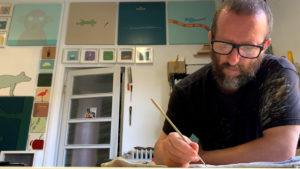
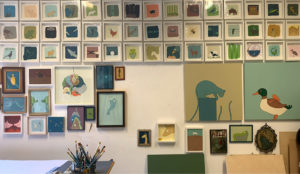
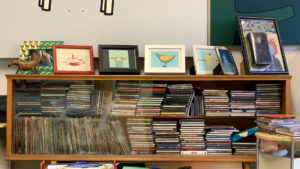
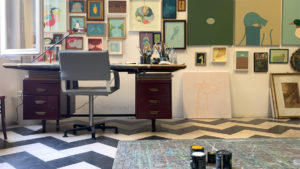
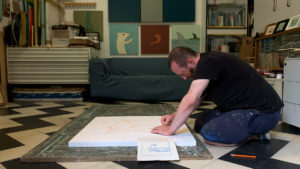
For all the images: ph Credits: Andrea Caccia
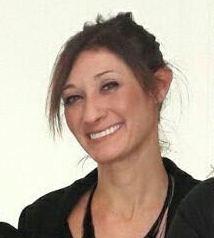
Erika Lacava, degree in Aesthetic Philosophy at the State University in Milan with a specialization in Visual cultures and curatorial practices at the Brera Academy. From 2014 to 2017 with the experience of Zoia – Contemporary Art Gallery she comes into direct contact with the dynamics of scouting and the art market. Independent curator, collaborator for printed and online art magazines, in 2019 she founded the communication and services start-up for art M2F Communication.


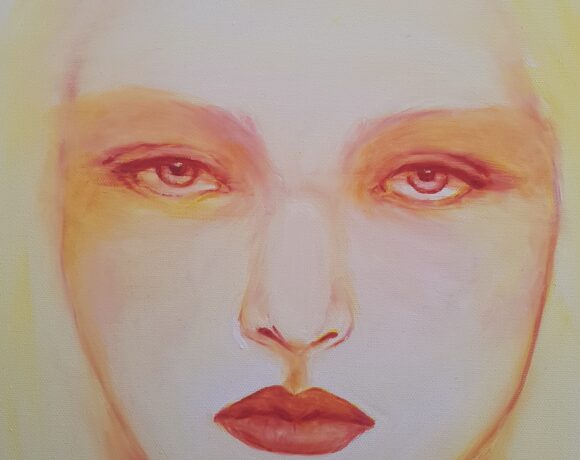
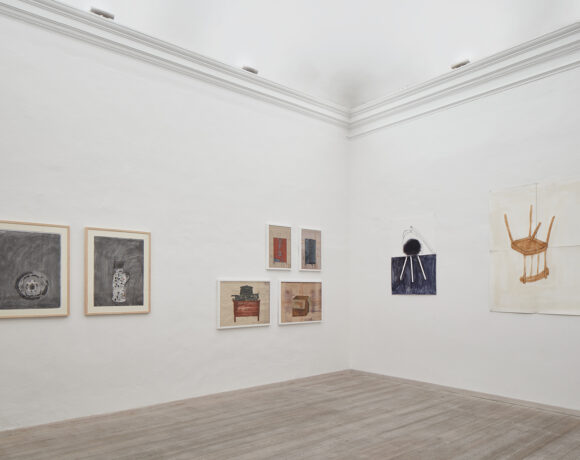
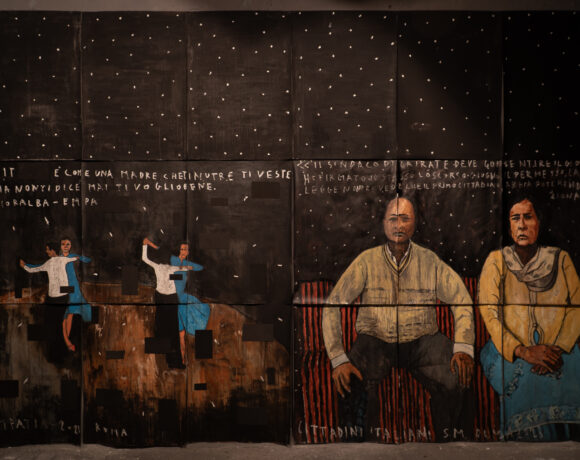

NO COMMENT